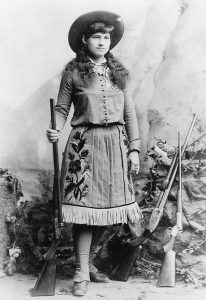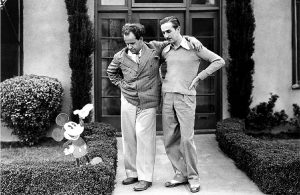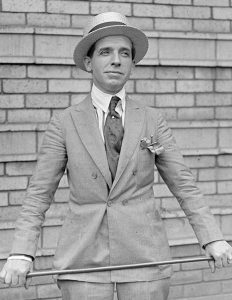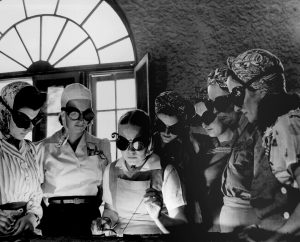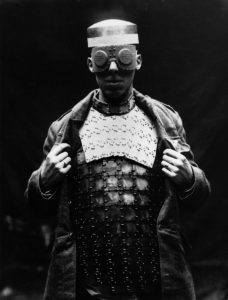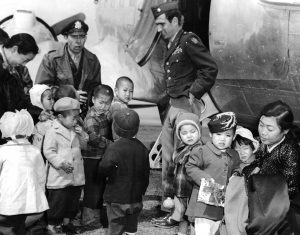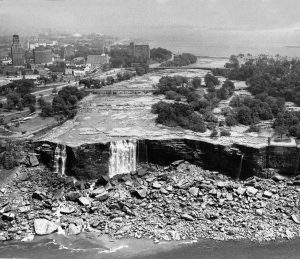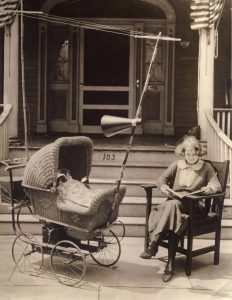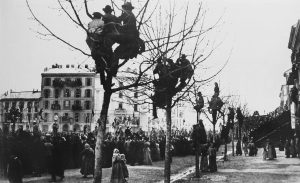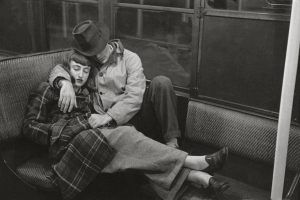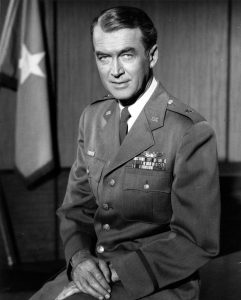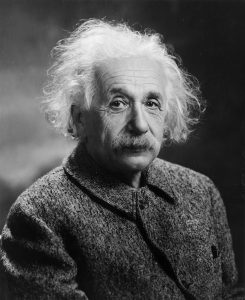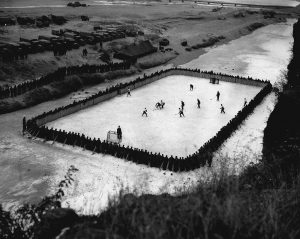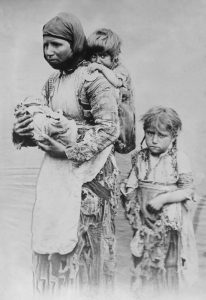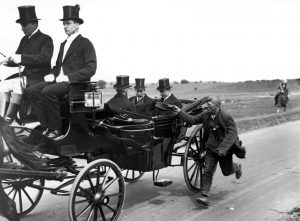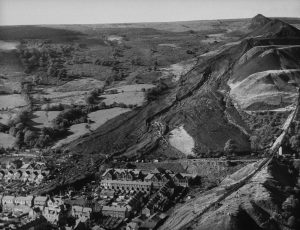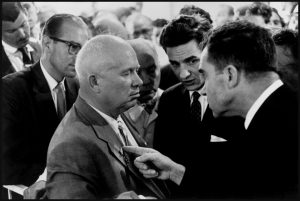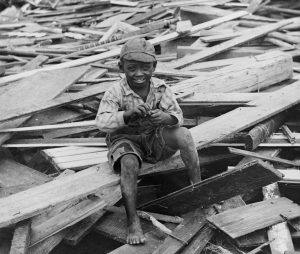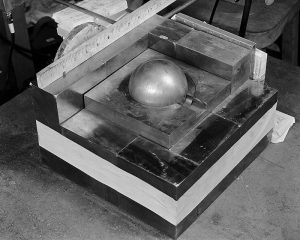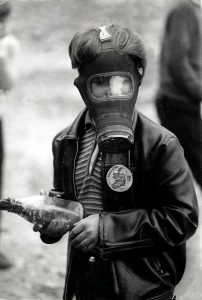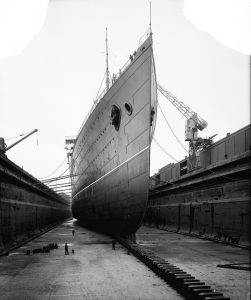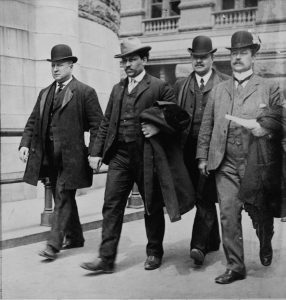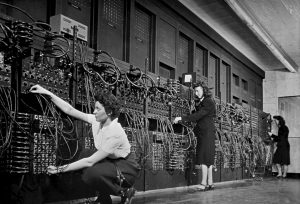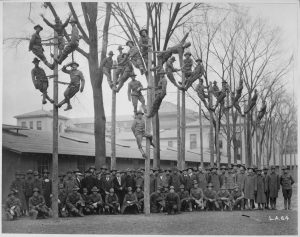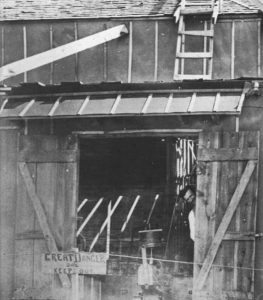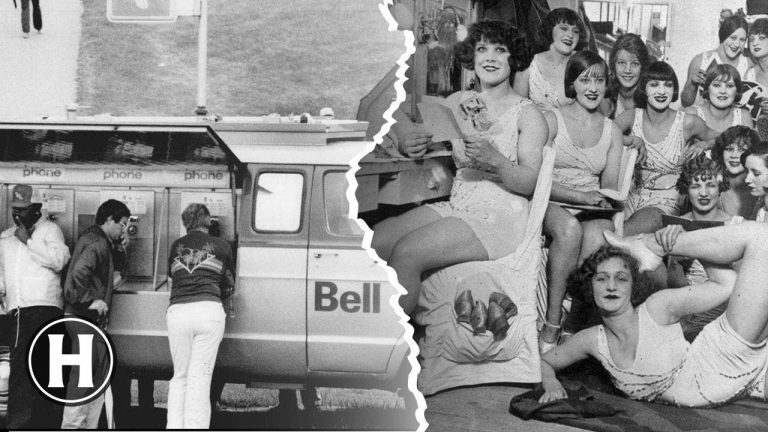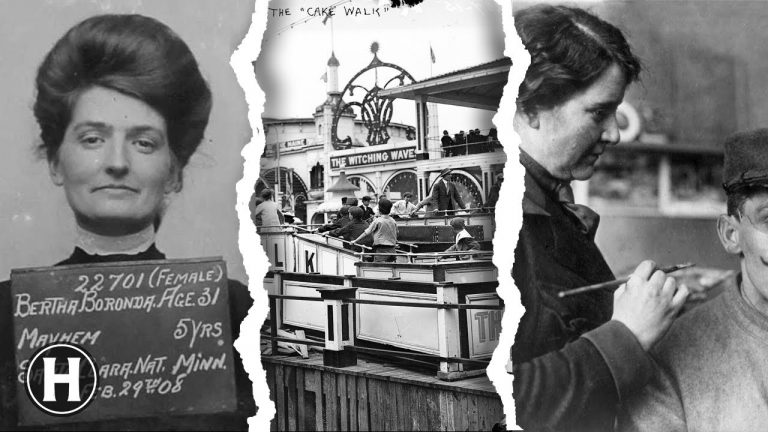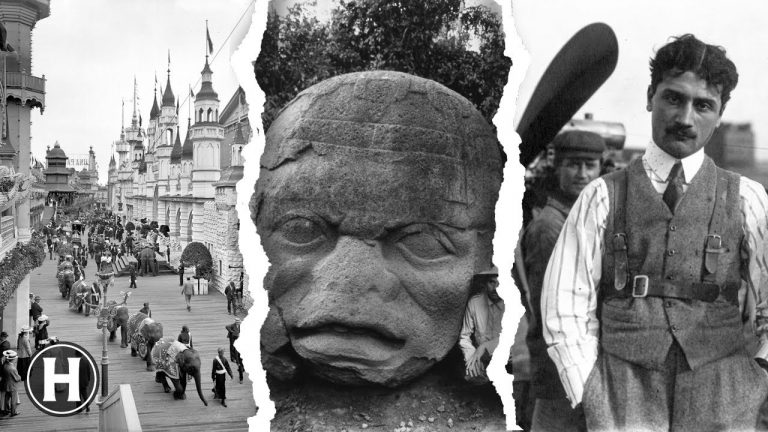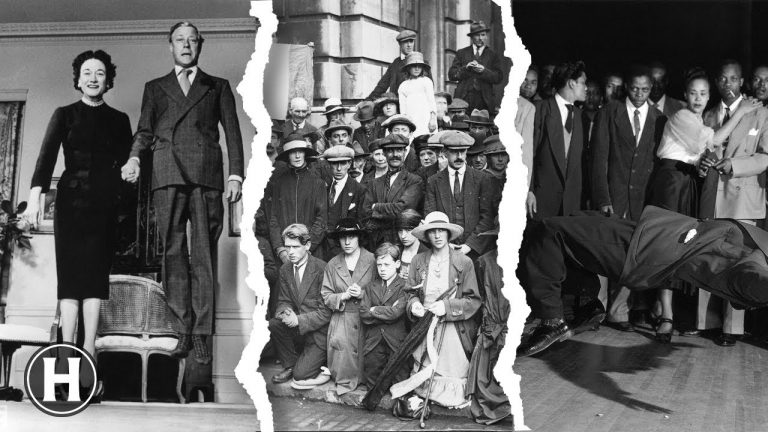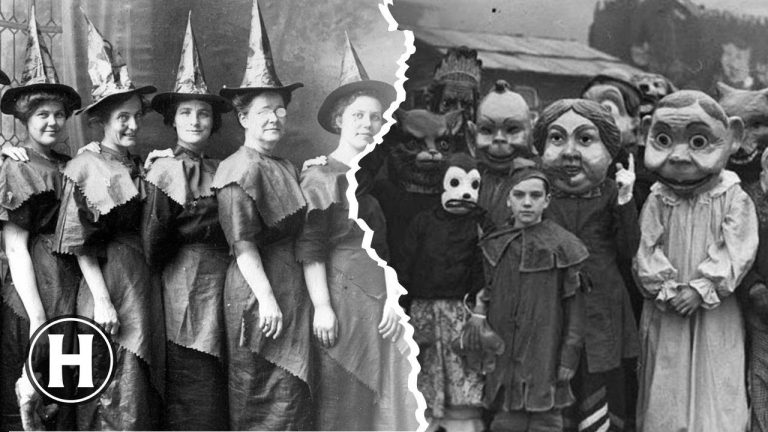Explore an abundant timeline of history from legendary sharpshooter Annie Oakley to Nikola Tesla’s scientific experiments, with stops along the way to recall wartime struggles, social milestones and remarkable historical events worldwide.
Annie Oakley: Legendary Sharpshooter (1890s)
Annie Oakley was an amazing sharpshooter, who developed her hunting skills as a child to provide for her family. In 1876, she won a shooting contest against Frank E. Butler, whom she later married.
Disney & Eisenstein (1930s)
Walt Disney and Sergei Eisenstein met in 1930s. Eisenstein was a pioneer in the theory and practice of the montage, a film editing technique involving combining short pieces of film to condense space, time and information.
Charles Ponzi (ca. 1920)
Charles Ponzi, an Italian-born con artist, gained notoriety for masterminding one of the most famous investment scams in history, now referred to as a “Ponzi scheme.” In the 1920s, Ponzi lured investors with promises of extraordinary returns by exploiting international postal reply coupons.
Women Learning War Work (April 1942)
In April 1942, women from all over Central Florida were taking up vocational courses to learn war work, challenging traditional gender roles and demonstrating their commitment to the war effort.
Body Armor Advances (ca. 1915)
Soldier is wearing a new type of body armor developed in 1915. The armor is made of steel plates and is designed to protect soldiers from shrapnel and bullets.
Operation Kiddy Car: Saving Orphans in Korean War (1950)
Colonel Russell L. Blaisdell organized operation “Kiddy Car Airlift” during the Korean War, rescuing over 1,000 orphans and providing them with a safe haven.
Dry Niagara Falls (1969)
In 1969, the American side of Niagara Falls ran dry for several months due to a hydroelectric project. During this time, visitors could walk on the dry riverbed and observe geological formations that are typically covered by water.
Union College Radio Club’s Baby Carriage Receiver (1920-1921)
The Union College Radio Club developed the first wireless receiver set for baby carriages in 1921, a significant advancement in radio technology.
Verdi’s Funeral Procession (1901)
The funeral of Giuseppe Verdi was so popular that people had to climb trees to get a view of the procession. It was held in 1901 and was attended by thousands of people.
Couple on Subway (1946)
A photograph of a couple riding on a subway, taken by Stanley Kubrick in 1946.
Jimmy Stewart (1960s)
James Maitland “Jimmy” Stewart, renowned American actor, was the first major movie star to enlist in the United States Army to fight in World War II. Despite initial setbacks due to weight and age requirements, Stewart persevered to fulfill his dream of becoming a military pilot.
Albert Einstein (1947)
Albert Einstein was deeply concerned about the future use of nuclear energy and atomic weapons. As a result, he and other scientists, including Leo Szilard, formed the Emergency Committee of Atomic Scientists in 1946.
Canadian Soldiers Play Hockey (1952)
Canadian soldiers stationed in South Korea during the Korean War used the frozen Imjingang river to play hockey.
Armenian Family in Geghi (1899)
Destitute Armenian widow and her children. In 1899, following the murder of her husband during the Armenian Massacres of 1894-1896, the family embarked on a journey from Geghi to Kharpert in eastern Anatolia (Turkey), seeking assistance from missionaries.
King George V and the Beggar (England 1920)
In 1920, a beggar ran beside King George V’s carriage, serving as a poignant symbol of the stark disparity between the opulence of the monarchy and the destitution experienced by the working class in England.
Aberfan Tragedy (1966)
Debris field of mine waste which collapsed into the Welsh village of Aberfan on 21 October 1966. Rain-saturated colliery spoils liquified destroying houses and inundating classrooms at Pantglas Junior School. 116 children and 28 adults died.
Nixon and Khrushchev “Kitchen Debate (1959)
Elliott Erwitt captured the famous photo of US Vice President Nixon debating with Soviet Premier Khrushchev at Moscow’s American National Exhibition. Known as “The Kitchen Debate”, it was a heated exchange over communism and capitalism, happening near a model American kitchen (1959).
Aftermath of 1900 Galveston Hurricane (1900)
A young man sitting in the aftermath of the 1900 Galveston Hurricane which hit Galveston Texas on September 8, 1900. It was the deadliest hurricane in U.S. history claiming somewhere between 6000 and 12,000 lives
Tickling the Dragon’s Tale (1945)
The recreation of a plutonium core in 1945 involved delicately screwing two hollow spheres of beryllium around a mass of fissionable material and surrounding it with neutron-reflecting tungsten carbide blocks. This was known as “Tickling the Dragon’s Tale”.
Battle of the Bogside & The Petrol Bomber (1969)
The iconic photo of 13-year-old Paddy Coyle from Derry’s Bogside preparing to light a petrol bomb during the Battle of the Bogside in 1969 inspired the famous Bogside Artists’ mural entitled ‘The Petrol Bomber’.
RMS Aquitania in Drydock (1914)
RMS Aquitania was the longest ship of its time and the last of the great four-funneled ocean liners. It was launched in 1913 and served in both World Wars.
Detective Joe Petrosino vs. “Petto the Ox” (1903)
Detective Joe Petrosino (left) and mafia hitman Tommaso “The Ox” Petto (second from left). Petrosino was a NY City police officer who was assassinated in Palermo, Sicily in 1909, making him the only New York City police officer to have been killed in the line of duty outside the United States.
Women Programming ENIAC (1946)
ENIAC was one of the earliest general-purpose electronic computers, and it was programmed by a group of six women: Kathleen McNulty Mauchly Antonelli, Jean Jennings Bartik, Frances Snyder Holberton, Marlyn Wescoff Meltzer, Frances Bilas Spence, and Ruth Lichterman Teitelbaum.
University of Michigan Students Learn Pole Climbing (1918)
In 1918, students at the University of Michigan took a course to learn pole climbing, a skill necessary for telephone electricians. It was one of the first universities in the US to offer such a course.

